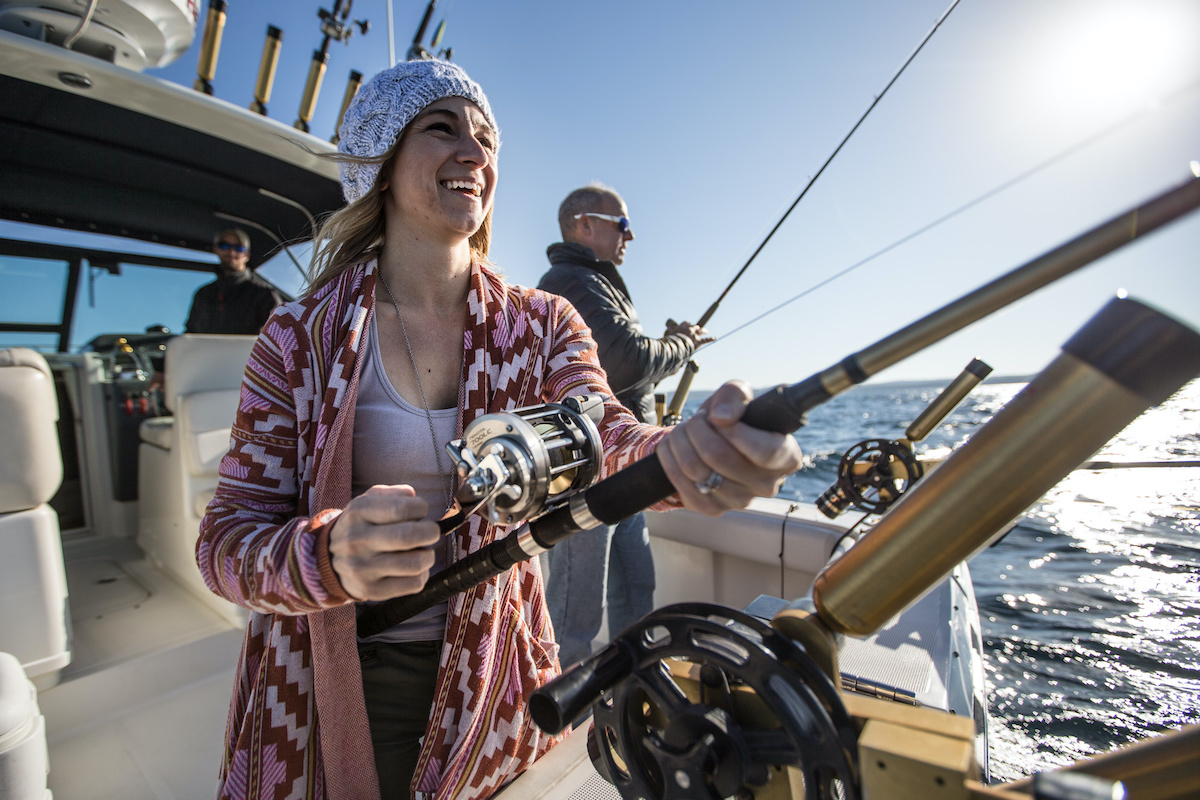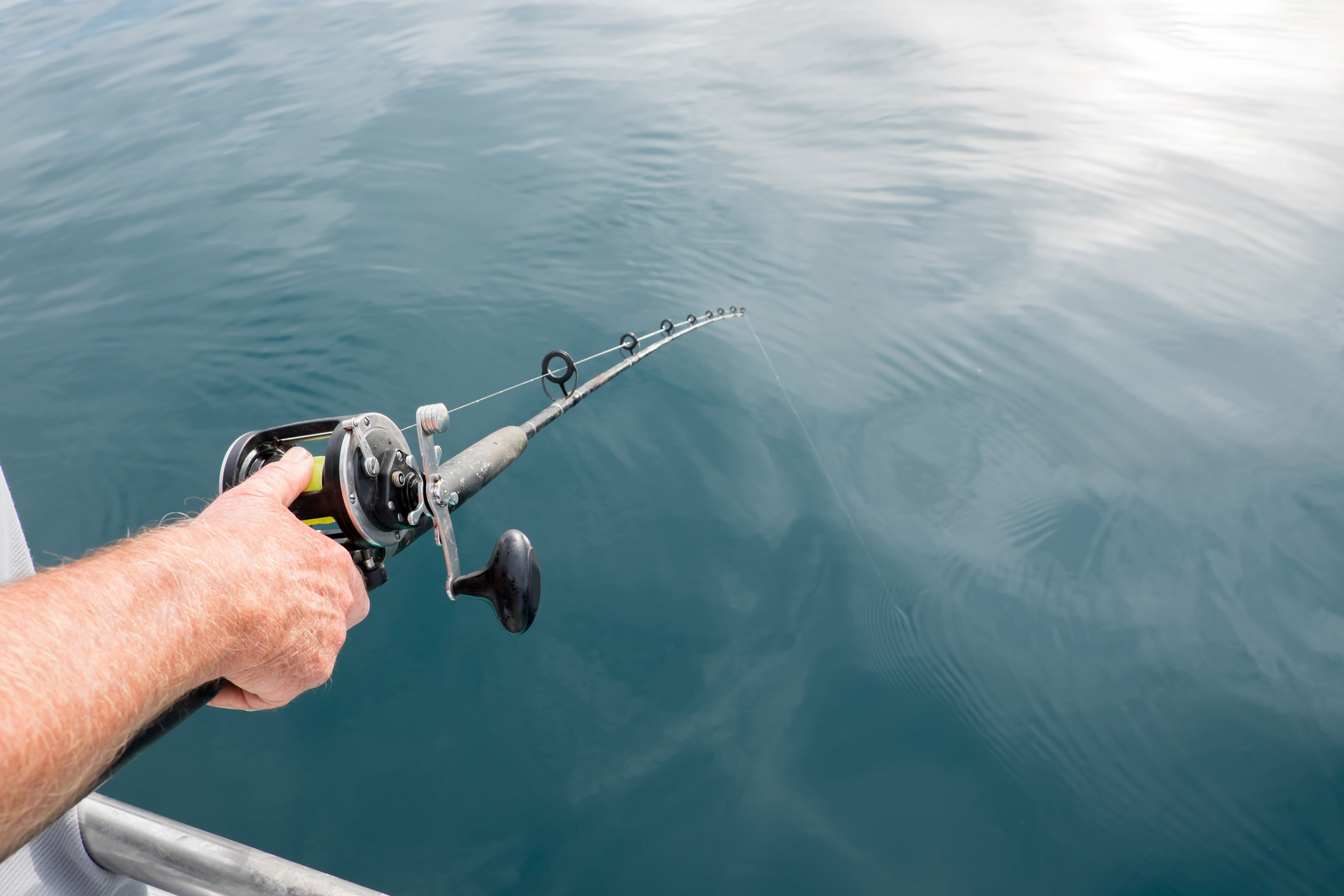Chum Salmon
Oncorhynchus keta
AKA: Dog salmon
Distinguishing Markings:
Silvery and has no distinct black spots, though it may have fine black speckling on the upper sides and back. Breeding males of the species have large, bared teeth,
Size:
Second-largest of the Pacific salmon, high-teens to low-20-pound range
Distribution:
Endemic to the Pacific and Arctic Oceans. In North America it occurs from the San Lorenzo River, California, to northwest Alaska, and east to the Peel, MacKenzie and possibly Anderson Rivers.
Habitat:
Chums are anadromous, spending part of their life in fresh water and part in saltwater
Food Preference:
Herring, baitfish, squid
Spawning:
They are the last of the salmon to return each fall, usually arriving at their stream of origin from November to January. During spawning it is known to ascend some rivers for considerable distances 1,242 miles or 2,000 km. In the MacKenzie River, N.W.T., Canada, it travels all the way to the mouth of the Hay River and to the rapids below Forth Smith on the Salve River, entering both Great Bear and Great Slave Lakes and traveling though the Northwest Territories to the edge of Alberta. Like all Pacific salmons, with the exception of landlocked specimens, the chum is anadromous.
Fishing Tips:
Tough fighter for salt and freshwater anglers. Similar tactics as with the other salmon species.

